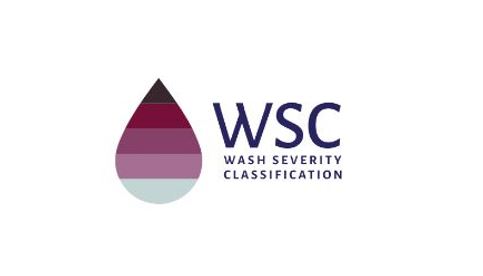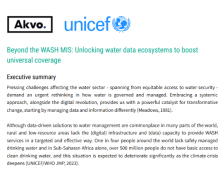WASH Severity Classification: Mali

The document provides an overview of the water, hygiene, and sanitation (WASH) situation in Mali as of February 2022. It highlights the severity of humanitarian needs across the country, with all regions requiring aid except for the southern regions of Kayes, Bamako, and Sikasso, which are under stress. The central and northern regions, affected by insecurity and the presence of armed groups, face the most critical conditions. Contributing factors include conflict, displacement, climate events like droughts and floods, and economic challenges. The analysis, based on data from various sources including government databases and UN agencies, classifies the severity of WASH needs in Mali’s regions and circles. It also discusses the impact on public health, noting high rates of diarrhea and malnutrition, particularly in the north. The document concludes with a six-month severity forecast, predicting a potential deterioration of the situation due to geopolitical developments and the upcoming rainy season, which could lead to increased EHA-related diseases and flooding.
Key Points:
- Critical WASH Needs: Most regions are in crisis or worse, with the north facing critical conditions.
- Contributing Factors: Conflict, displacement, climate events, and economic challenges significantly impact WASH access.
- Public Health Impact: High rates of diarrhea and malnutrition, especially in the north, are linked to poor WASH conditions.
- Severity Forecast: The situation may worsen in the next six months due to geopolitical changes and the rainy season.




